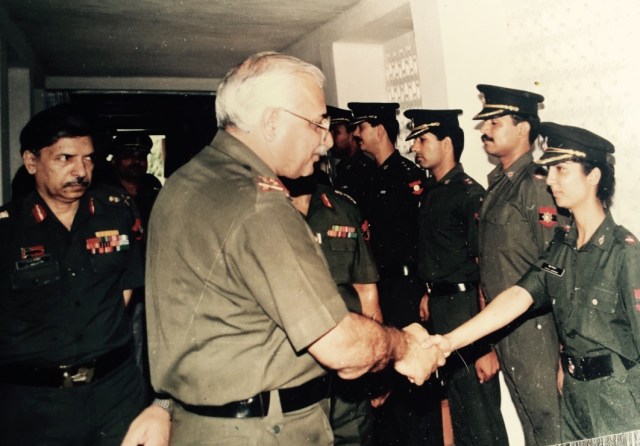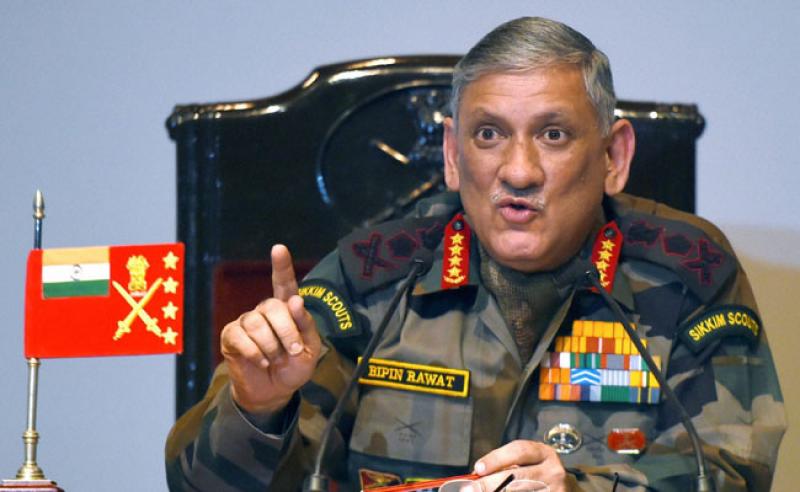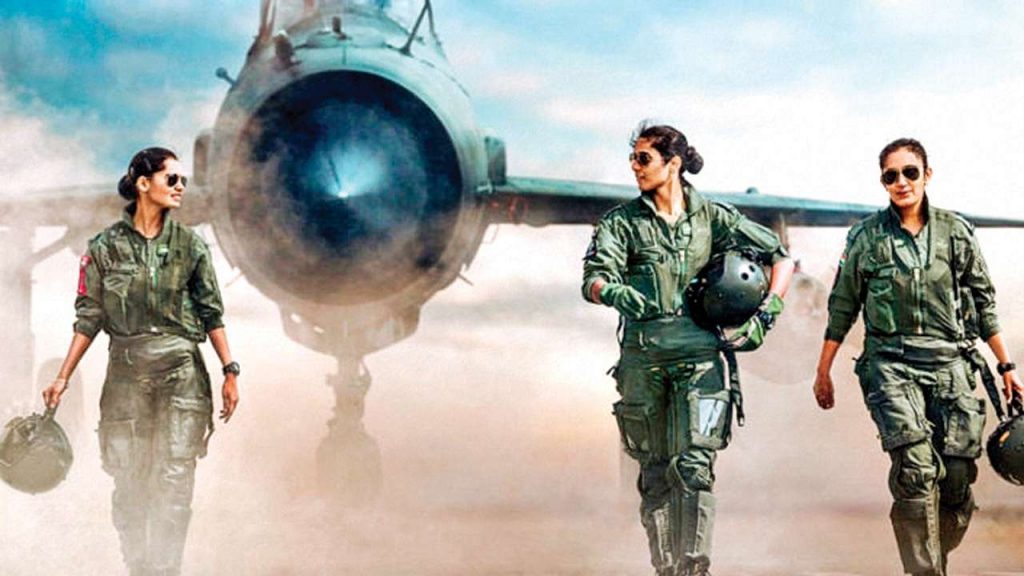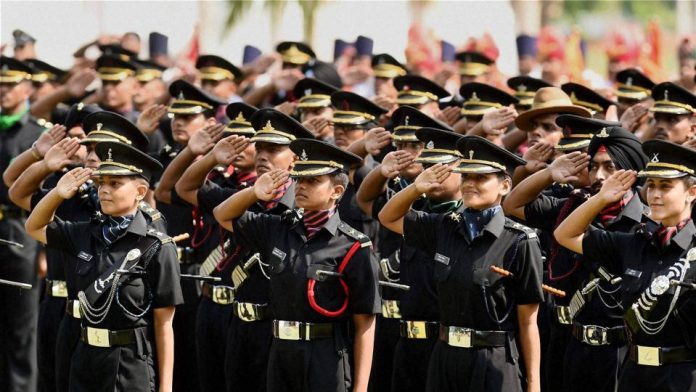If you dig out history, you will come across many sheroes who have not just fought valiantly for their lives, but also for their people and most importantly for their beliefs as well. As we recall, Rani Laxmi Bai, the Queen of Jhansi, a rebellion at heart who put up a great fight against the British rule and army in India, Anandi Gopal Joshi, first female doctor in India and the first Indian woman to obtain a medical degree in the United States who proved that education and career choice has nothing to do with gender, Indira Gandhi, who became the first woman prime minister of India, Justice Anna Chandy, first female judge in India, Kalpana Chawla who became the first woman in India to travel to space, Kiran Bedi, first woman to join the Indian Police Service (IPS), and Priya Jhigan who was the first woman to join as a cadet in the Indian Army (Indian Armed Forces), all have made a strong point: Women are capable of performing exceedingly well in every walk of life, irrespective of being ‘women’

(Image Credits: UrbanAsian)
Although we have seen women leaving strong impressions in almost every field, India still needs to open many gates for its women and give them opportunities to prove their talent on the basis of pure merit. One such gate that needs to be opened far more wide is that of the Indian Armed Forces.
Sure there are Indian women working as officers in the Indian Army, but women are still not inducted in combat roles. There are many factors that come into the picture when the issue of inducting women to combat roles arises.
In the year 2018, while interacting with the media, Indian Army chief General Bipin Rawat had made a statement that said: “The Indian Army is not yet ready to have women in combat roles”. He further stated that there aren’t enough facilities available for women as there are for the army men. Besides, he also said that women too must prepare themselves for all the hardships that are associated with working in combat roles.
These statements sparked sharp reactions from the media, feminists and many civilians in general. Though the way Bipin Rawat chose to speak about this issue was incorrect, we must understand that he was attempting to show the ground reality of the Indian Army.

The reason behind this is that the women army officials too seem to describe a similar situation in the army. A panel discussion that was recently held at the US Consulate to discuss the ‘Changing Roles and Challenges for Women in the Armed Forces’ invited Shipra Sharma, Squadron Leader (Retired), Sadhana Giri, Lieutenant Commander and Air Traffic Control Officer (Retired) and U.S. author and activist Anuradha Bhagwati.
During the discussion, the panelist mentioned that the Indian Army isn’t well equipped to welcome women in the combat zones. It lacks the basic infrastructure like gender-neutral washrooms. Further, they stated that since army men come from every nook and corner of the nation, it becomes difficult for them to take orders from a woman because of the deep-rooted misogynistic mentality. The reason they feel that women aren’t commissioned to combat zones are primarily because of the misogynistic mentality. Once the society as a whole starts viewing women as equal to men, accept the natural biological life cycle of women, find it normal to take orders from women, and admit people in the army purely on the basis of merit, the gates of the Indian Army will completely open up for women.
There are many illogical beliefs and ‘concerns’ that have kept women away from being commissioned to combat zones. Women are considered to be physically as well as emotionally weaker than men. Since combat roles demand one to live in inhospitable terrains, cramped quarters, far away from civilization, many feel that women are unfit for such challenges. Moreover, the menstruation cycle and pregnancy-related matters are also considered to be key barriers.
These, however, seem like mere reasons rather than barriers for keeping women away from the combat zones. Women bear more pain than any man ever can during the time of delivering a baby. This said a woman who carries zeal and passion towards becoming a combatant and operating as an officer on the war field can rightfully go ahead do so. Moreover, after receiving proper training, acceptance, facilities and sound infrastructure, nothing should stop her from entering a combat zone.
Sure there are challenges in the path to induct women in combat zones, but it isn’t impossible. There are a few countries like Australia, Germany, France, Israel, UK, and US who have already appointed women in combat zones. Though cultures and social values differ widely, India too must take a step and initiate to bring about a change.
Gunjan Saxena, flight lieutenant remains to be the first Indian Air Force woman officer who went on war. In 1999’s Kargil War, it was she who flew her Cheetah aircraft to the combat zone and rescued injured Indian soldiers Since then, no woman has entered the combat zone and fought the war. Now, early in 2019, the Indian army began inviting women to join the military policy. This can be considered to be the first step towards opening combat zones for women. An approximate 800 women will be inducted in the Military police with 52 to be selected each year.

Indian women since ages have been fighting long battles to create a place of respect and dignity for themselves and have emerged successful every single time. Similarly, the day doesn’t seem far when women will be seen fighting for their country and protecting it alongside men.





























